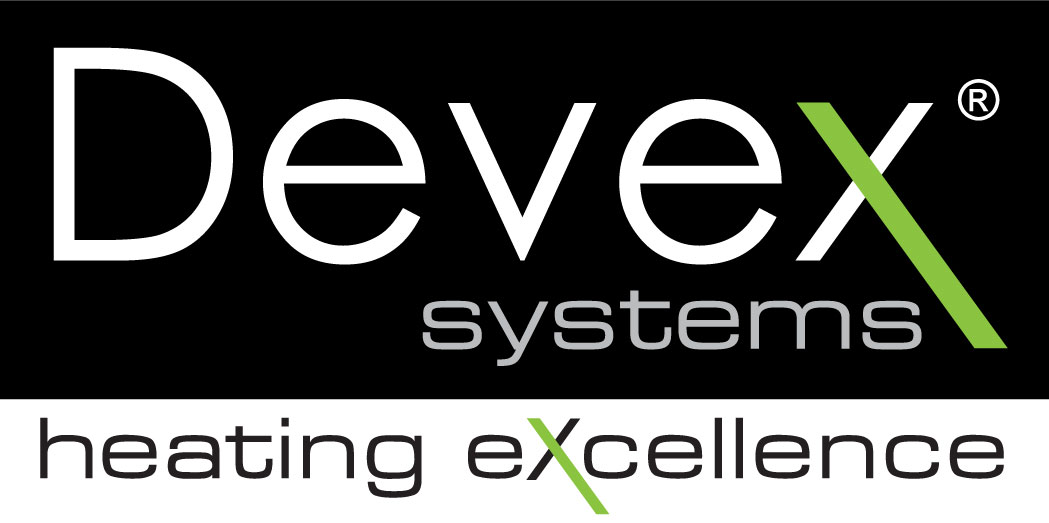With the rising cost of electricity bills, the choice is “smart” heating or NO heating.
Not all spaces require heating throughout the entire area. Unnecessarily heating an entire room or outdoor space when only a particular area or section requires heating is not only a waste of energy, but it only adds to the already hefty sum of money that people and businesses are forking out to keep up with the rising cost of electricity.
“Smart” heating has become the only sustainable choice.
Overhead Radiant Heating Panels: A cost-effective heating solution for warming hard-to-heat areas
The Reality:
Specialised energy efficient overhead radiant heating panels are becoming more regularly specified while conventional heating like forced air and radiators are beginning to be phased out.
Overhead heating has the following benefits over traditional heating (i.e. forced air, radiators, etc.)
- Health & Wellness – allowing you to live free from dust and allergens that can lead to poor air quality and health problems
- Comfort & Energy Efficiency – allowing you to target very specific areas that require heating and offer a range of heat outputs for full control over the amount of energy consumed
- Design & Appeal – allowing you the freedom of additional space by mounting your heating panels overhead. A sleek, modern and innovative appeal available in a range of colours.
FEATURES TO LOOK FOR:
- range of heating outputs
- straight forward installation process
- cost and energy saving
- sleek, modern appeal
- indoor and/or outdoor heating panels
(See SLIMLINE PANELS for “indoor heating”, and COMFORTLINE for “outdoor heating”)
BENEFITS:
- heats people and objects NOT the air; science of “radiant” heat
- no noise, fans or dust
- reduces the circulation of dust and allergies
- doesn’t take up valuable space
SUGGESTED PRODUCT: Comfortline Overhead Electric Radiant Heating Panels:
PRECISION COMFORT AND ECONOMY:
Comfortline panels are offered with one, two or three elements. The higher output models with multiple elements can run independent of each other giving greater control over the radiant heat output. Panels generate the following in energy output:
1 Elements – 1x 980W or 1x 1,200W
2 Elements – 2x 1,000W or 2x 1,200W
3 Elements – 3x 1,100W or 3x 1,200W
ENERGY EFFICIENCY:
Comfortline panels are designed based on the science of “radiant” heat . This means that they heat people and objects NOT the air, making it perfect for any application, especially environments opened to drafts. The radiant surface is designed in sections of naturally anodised aluminium, set in a galvanised steel case for strength and is packed with a rock wool insulation to minimise upward heat loss. As a result, the panels emit up to 10% more usable heat than similar panels on the market.
RUNNING COSTS:
A single high capacity Comfortline panel costs about 60c/hour to run. # A typical mushroom heater on bottled gas will cost five times that — up to $3.00/hour.
INSTALLATION:
Installation is easy and straight forward for new or existing buildings. Installation by a certified electrician is essential and they must assess the power supply to ensure that the premise can supplyadequate energy to these panels . This will also help to determine how many panels are required.
The panels can be mounted directly to a flat ceiling surface or suspended on chains or similar. These panels are perfect for overhead spaces as low as 2.4m, right up to 8m. They are hard wired and usually controlled with a simple switch. For indoor environments thermostats are also available.
WHAT INFLUENCES THE AMOUNT OF HEAT FELT?
Comfortline overhead radiant electric heating panels radiate a gentle, natural heat downwards. For best performance, the heaters should be horizontally flat-mounted, however, they may be tilted up to 30 degrees, if required. It is important to keep in mind that tilting will reduce the radiant output and the heating surface will run cooler as a result of convective air flow across the heating surface. The mounting height of the heater will also influence the amount of heat felt below.
CEILING HEIGHT:
Designed for mounting between 2.4m to 8m as mentioned above, the recommended panel will take into account mounting height, location (indoor or outdoor) and the size/power.
NUMBER OF ELEMENTS:
Where a heater is selected that has two or three heating panels, each panel may be run on its own. For example:
- Two Panel heater – one ON or both ON
- Three panel heater – centre panel only ON : the two outer panels only ON : all three panels ON
AREA COVER:
Based on the mounting height of the panels, heat radiates downwards at a nominal 60 degree angle, warming approximately the same space below in square meters as an area approximately equal to the square of the mounting height.
For example, if the panels are mounted at 2.4m from the floor (an average ceiling height), the heat will radiate downwards warming a square area of 2.4m x 2.4m.
DETERMINING THE NUMBER OF PANELS REQUIRED FOR A GIVEN AREA:
This will be based on:
- Mounting height
- Location (indoor or outdoor)
- Anticipated heat losses
- Heater power selected
Generally, 100w/m² of radiant heating power can be used for an indoor environment, increasing to about 300w/m² for most outdoor environments.
SEE PROJECT SAMPLES
To learn more about our ceiling and mirror heating foils or other overhead interior heating options like Slimline overhead heating panels – the natural choice for indoor environments and an excellent heating solution that will ensure energy savings of more than 15% more compared to standard electrical convection heating, please visit www.comfortline.biz







